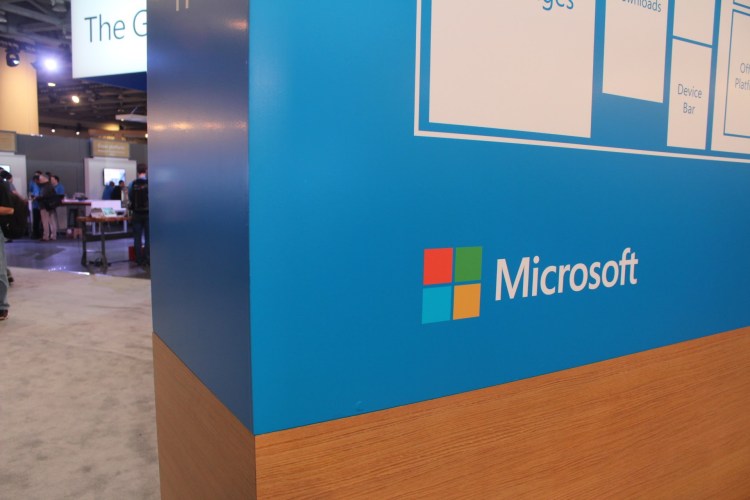At the Computex industry conference in Taiwan today, Microsoft is showing off new ways that people will be able to collaborate in virtual reality (VR) and augmented reality (AR), even if they don’t have Microsoft’s HoloLens augmented reality (AR) headset. Toward that end, Microsoft is working with several partners to make it possible for more devices to run on top of the Windows Holographic platform.
No longer will people be limited to collaborating only with others who have the same hardware. To illustrate, headsets running on top of Windows — like the HTC Vive headset — will get new functionality, such that they can do things right next to HoloLens. It will even be possible to include mobile VR systems — imagine something like Google’s Daydream, but based on a phone running Windows 10 Mobile, not Android.
The news is significant because it’s the type of thing that a major platform company like Microsoft can do, and yet Microsoft has held off on making this move for almost a year and a half — Windows Holographic was introduced in January 2015, on the same day that the HoloLens itself was unveiled. The Windows Holographic platform was announced a few months later.
But the move is also fascinating because it means that the inherent dividing line between VR, which blocks you off from all of the surrounding physical world, and augmented reality, which overlays imaging on top of what’s going on around you, will be broken down. Microsoft has figured out that there’s room for commonly shared experiences across both technologies. To use Microsoft’s preferred term, we’re looking at “mixed reality.”
Microsoft’s partners in this initiative include Acer, AMD, Asus, CyberPowerPC, Dell, Falcon, HP, HTC, iBuyPower, Intel, Lenovo, MSI, Northwest, and Qualcomm, Terry Myerson, executive vice president of Microsoft’s Windows and Devices group, wrote in a blog post.
“For our partners, this creates new business opportunities, unlocking mixed reality experiences across devices. For developers, Windows Holographic apps can be written today with confidence that they will run on the broadest set of devices,” Myerson wrote.
VentureBeat's mission is to be a digital town square for technical decision-makers to gain knowledge about transformative enterprise technology and transact. Learn More

